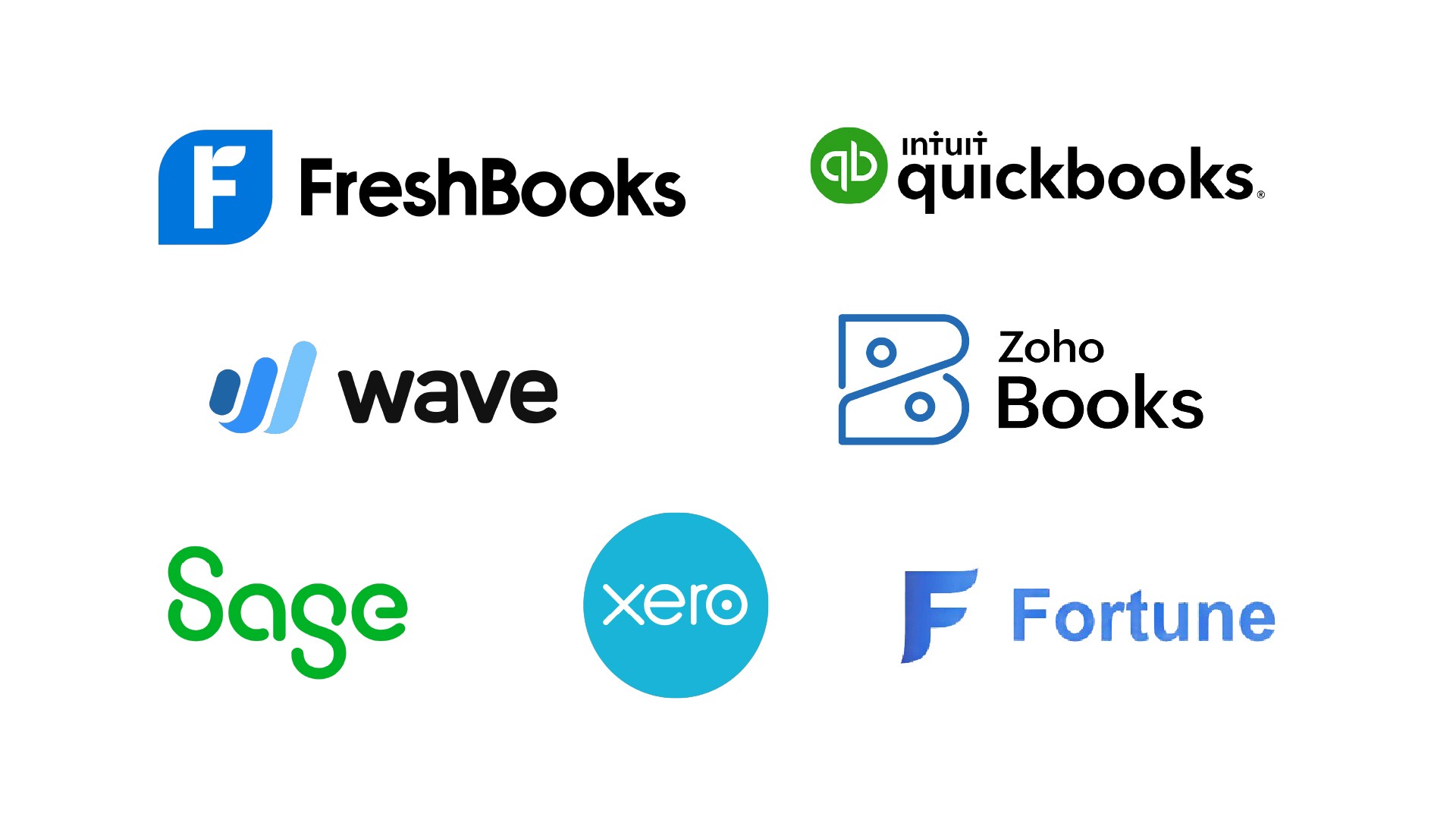
Back to Blog
Share Post:

AI
May 16, 2024
Predicting and managing cash flow with data analytics.
Predictive cash flow refers to the process of using historical financial data, statistical algorithms, and machine learning techniques to forecast future cash inflows and outflows. This forward-looking approach enables businesses to anticipate potential financial challenges and opportunities, facilitating better decision-making and strategic planning.
Unlike traditional cash flow management methods that rely on past and current financial data, predictive cash flow analysis leverages the power of data analytics to project future financial scenarios, allowing for more proactive cash management.
The journey through predictive cash flow analysis begins with understanding its definition and then delves into how businesses can start with predictive analytics for cash flow forecasting. The role of historical data as the foundation for predictive analysis is highlighted, followed by the manifold benefits of adopting predictive cash flow analysis.
In the complex world of financial management, understanding and predicting cash flow is akin to navigating a ship through unpredictable seas. The advent of data analytics and predictive analytics has emerged as a lighthouse for businesses, guiding them towards more secure financial planning and robust cash management.
The discussion extends to the best accounting software for cash flow management, with a detailed examination of a hypothetical Fortune App. This comprehensive exploration is designed to equip businesses with the knowledge to enhance their cash flow management through data analytics, ultimately leading to improved financial health and strategic advantage.
What is Predictive Cash Flow?
Predictive Cash Flow uses historical financial data and analytical techniques to estimate future cash movements in a business. This process helps companies predict future cash positions, enabling them to avoid cash shortages and maximize returns on any cash surpluses.
The creation of a predictive cash flow forecast involves the input of multiple stakeholders and data sources, particularly in larger companies, to ensure accuracy and comprehensiveness. This forecasting is crucial for managing liquidity, reducing debt, and planning for growth by providing visibility into potential future financial scenarios.
How to Get Started with Predictive Analytics for Cash Flow Forecasting?
To start with predictive analytics for cash flow forecasting, first, define your forecasting goals, like managing short-term liquidity or planning for growth. Next, choose a suitable forecasting period, considering that short-term forecasts offer more detail, while long-term forecasts provide a broader view but with less precision.
Then, select a forecasting method—direct for short-term accuracy or indirect for long-term projections. Finally, gather necessary data from sources like bank accounts and accounting software to build your forecast. This approach helps in creating accurate predictions to manage finances effectively. For more detailed guidance, please visit the original source.
Historical Data: The Key to Predictive Analysis
Historical data forms the foundation of predictive analysis in cash flow forecasting. It's like looking back in time to understand how cash moved in your business. Here's why historical data is crucial:
Patterns and Trends: Historical data reveals patterns and trends in your cash flow. By analyzing past cash movements, you can identify regular cycles, such as seasonal variations or periodic cash spikes. These insights are essential for making accurate predictions. For example, if your business experiences increased cash inflows during the holiday season, historical data will show this trend, allowing you to prepare accordingly.
Baseline for Comparison: It provides a baseline for comparison. When you forecast future cash flow, you compare it to historical data to check if it aligns with past performance. Significant deviations may signal potential issues. If your forecast predicts a sharp drop in cash flow compared to historical data, it's a red flag that warrants further investigation.
Data for Models: Predictive models rely on historical data to make forecasts. Machine learning algorithms and statistical models use past cash flow information to make predictions about future cash movements. These models analyze historical patterns and apply them to new data to generate forecasts with a high degree of accuracy.
Scenario Analysis: Historical data allows you to conduct scenario analysis. By simulating different scenarios based on historical trends, you can prepare for various financial outcomes. For instance, you can simulate scenarios like a sudden increase in expenses or a delay in customer payments to assess their impact on future cash flow.
Benefits of Predictive Cash Flow Analysis
Predictive cash flow analysis offers a plethora of advantages, from enhancing cash flow visibility to improving decision-making. By forecasting future cash inflows and outflows, businesses can optimize their working capital, reduce the risk of liquidity crises, and plan for growth with greater confidence.
Moreover, predictive analytics can help identify trends and patterns that might not be evident through traditional analysis, offering a strategic edge in financial management.
Innovative Tools for Cash Flow Prediction
Modern predictive analytics tools utilize AI and machine learning techniques to offer businesses a more dynamic and accurate approach to cash flow forecasting. These tools can process vast amounts of financial data, identify patterns, and predict future cash positions with remarkable precision.
Enhancing Cash Flow Management with BI
Business Intelligence (BI) platforms play a crucial role in enhancing cash flow management. By integrating BI with predictive analytics, businesses can gain deeper insights into their financial operations, enabling more informed decision-making and strategic planning.
The Role of Automation in Predictive Analysis
Automation in predictive analysis not only streamlines the forecasting process but also increases its accuracy. Automated systems can continuously update forecasts based on real-time financial data, providing businesses with up-to-the-minute insights into their cash flow status.
Statistical Techniques in Cash Flow Forecasting
Statistical techniques form the foundation of predictive models, from simple regression analysis to more complex time series forecasting. These methods allow businesses to extract meaningful insights from historical data, improving the reliability of cash flow forecasts.
Data Integration Challenges and Solutions
Integrating data from multiple sources is a common challenge in predictive cash flow analysis. Solutions include adopting standardized data formats and utilizing advanced data integration tools, ensuring a cohesive and comprehensive dataset for analysis.
Best Accounting Software for Cash Flow Management
Choosing the right accounting software is vital for effective cash flow management. The ideal software should offer robust forecasting capabilities, integrate seamlessly with other financial systems, and provide real-time insights into cash flow status.
Fortune App
Overview
The hypothetical Fortune App represents the pinnacle of accounting software for cash flow management, designed to cater to the needs of modern businesses seeking to enhance their financial planning and analysis capabilities.
Features and Functionalities of Accounting Software
Real-time Cash Flow Tracking: The best accounting software allows you to monitor your cash flow in real-time. You can see incoming and outgoing funds at a glance, helping you stay on top of your financial situation.
Forecasting Tools: These software solutions offer cash flow forecasting tools, enabling you to predict future cash positions based on historical data and trends. This feature is invaluable for planning and decision-making.
Expense Management: You can easily categorize and track expenses, helping you identify areas where you can cut costs or optimize spending.
Integration with Bank Accounts: Many accounting software options seamlessly integrate with your bank accounts, automating data entry and reconciliation.
Pros of Fortune App
Efficiency: Accounting software streamlines financial tasks, reducing manual data entry and calculation errors. This efficiency saves you time and ensures accuracy.
Improved Financial Visibility: With real-time tracking and forecasting, you gain a clear picture of your cash flow, making it easier to make informed financial decisions.
Automation: Software automates repetitive tasks like invoice generation and payment reminders, improving cash flow management.
Accessibility: You can access your financial data from anywhere, making it convenient for remote work and collaboration with your team or accountant.
Cons of Fortune App
Learning Curve: Transitioning to accounting software may require some learning, especially for those unfamiliar with such tools. Training may be necessary.
Customization: Some software options may have limitations when it comes to customization, which may not cater to unique business needs.
Bottom Line
The strategic application of predictive analytics in cash flow forecasting represents a significant leap forward in financial management. By leveraging historical data, statistical algorithms, and machine learning techniques, businesses can not only forecast future cash flows with greater accuracy but also gain valuable insights to inform decision-making and strategic planning.
The adoption of advanced accounting software, exemplified by the hypothetical Fortune App, further enhances the ability to manage cash flow effectively, ensuring financial stability and fostering growth. In an era where financial data is more abundant than ever, the power of predictive cash flow analysis cannot be understated, offering a competitive edge to those who embrace it.
FAQs
What is predictive analytics of cash flow?
Predictive analytics of cash flow involves using historical financial data and analytical techniques to forecast future cash inflows and outflows, aiding in better cash management and financial planning.
How do you predict cash flow?
Cash flow can be predicted by analyzing historical financial data, employing statistical models, and leveraging machine learning algorithms to forecast future cash movements.
How do you manage cash flow analysis?
Cash flow analysis is managed by regularly monitoring cash inflows and outflows, using predictive analytics to forecast future cash positions, and adjusting financial strategies accordingly to maintain optimal cash flow.
How do you use predictive analytics in finance?
Predictive analytics in finance is used to analyze historical financial data, identify patterns and trends, and forecast future financial outcomes, helping businesses make informed decisions and plan strategically.
Share Post:



